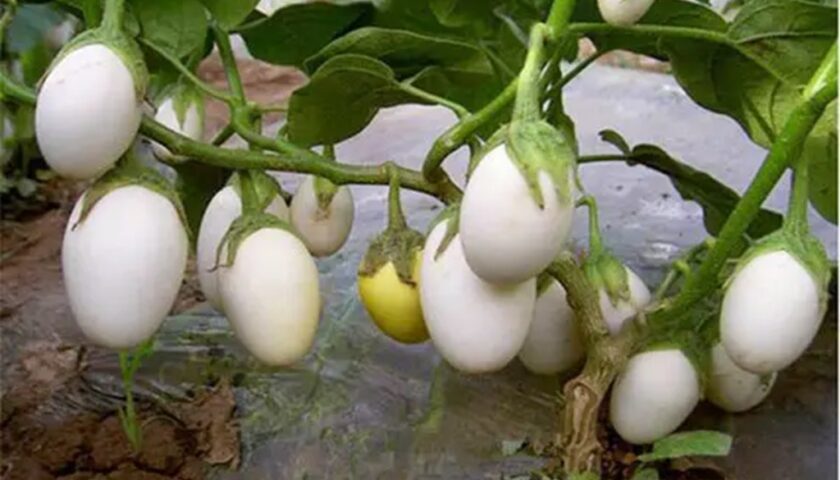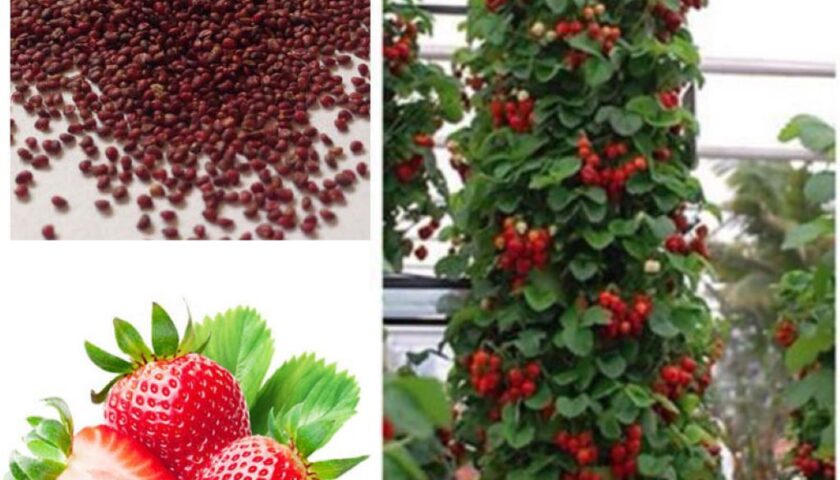Peonies are stunning flowering plants that can add beauty and elegance to any garden or landscape. Peonies are known for their large, colorful blooms and delightful fragrance, and they have become a popular choice among garden enthusiasts. If you want to grow peonies successfully, this comprehensive guide will provide you with all the information you need. From choosing the right variety to providing optimal care, we’ll cover everything to ensure your peonies thrive and flourish.
Selecting the Perfect Peony Varieties
Variety is crucial for a successful growing experience. There are three main types of peonies: herbaceous, tree, and intersectional. Each type has its own unique characteristics and requirements. If you want to ensure healthy peony growth stages, it is important to choose the right type of peony for your garden. Here are some popular peonies to consider. Here are some popular peony varieties to consider:
Herbaceous Peonies (Paeonia lactiflora)
Herbaceous peonies are the most common type, featuring lush green foliage and beautiful blooms. They are hardy, low-maintenance, and come in a wide range of colors and forms. Some recommended herbaceous peony varieties include:
- Sarah Bernhardt
- Festiva Maxima
- Karl Rosenfield
- Bowl of Beauty
- Coral Charm
Tree Peonies (Paeonia suffruticosa)
Tree peonies are known for their woody stems and large, showy flowers. They are more delicate and require some additional care compared to herbaceous peonies. Popular tree peony varieties include:
- High Noon
- Renkaku
- Alice Harding
- Chojuraku
- Hanakisoi
Intersectional Peonies (Paeonia x Itoh)
Intersectional peonies, also known as Itoh peonies, are a hybrid between herbaceous and tree peonies. They inherit the best traits from both types, combining the hardiness of herbaceous peonies with the large, colorful blooms of tree peonies. Some notable intersectional peony varieties are:
- Bartzella
- Garden Treasure
- Julia Rose
- Lemon Dream
- Morning Lilac
Planting Peonies
Now that you have chosen the peony varieties that suit your preferences and growing conditions, it’s time to plant them. Follow these steps for successful peony planting:
1. Select the Right Location
Peonies thrive in well-draining soil and require at least six hours of sunlight per day. Choose a spot in your garden that receives adequate sunlight and has fertile soil. Avoid areas prone to waterlogging, as excessive moisture can cause root rot.
2. Prepare the Soil
Peonies prefer slightly acidic to neutral soil with a pH range of 6.5 to 7.5. Test your soil’s pH and make any necessary adjustments using organic matter or soil amendments. Ensure the soil is well-draining to prevent waterlogged conditions.
3. Dig the Planting Hole
Dig a hole that is wide and deep enough to accommodate the peony roots comfortably. The hole should be approximately 2 feet wide and 1 foot deep. Ensure proper spacing between peonies to allow for their mature size.
4. Plant the Peony
Place the peony in the center of the hole, making sure the buds are facing upwards. Backfill the hole with soil, gently firming it around the roots. Avoid planting too deep, as this can inhibit flower production.
5. Mulch and Water
Apply a layer of organic mulch around the base of the plant to conserve moisture and suppress weed growth. Water the newly planted peony thoroughly and provide regular watering during dry spells.
Care and Maintenance
To ensure your peonies thrive and produce abundant blooms, proper care and maintenance are essential. Here are some tips to keep your peonies healthy and beautiful:
Watering
Peonies require regular watering, especially during dry periods. Provide deep, thorough waterings to keep the soil evenly moist but not waterlogged. Avoid overhead watering, as wet foliage can lead to diseases. Water at the base of the plant to prevent moisture-related issues.
Fertilizing
Peonies benefit from an annual application of balanced fertilizer in early spring. Use a slow-release fertilizer or organic compost to provide nutrients gradually throughout the growing season. Follow the package instructions for the appropriate dosage, and avoid over-fertilizing, as it can result in weak stems and fewer blooms.
Pruning
Pruning peonies is essential for maintaining their shape, improving air circulation, and removing dead or diseased foliage. After the first frost in fall, cut back the stems to ground level and dispose of the foliage. This practice helps prevent the spread of diseases and encourages healthy regrowth in the following season.
Support
As peonies produce large, heavy blooms, it’s crucial to provide support to prevent the stems from bending or breaking. Install support structures such as peony rings or stakes early in the growing season. Gently tie the stems to the support system as they grow, ensuring they are adequately supported and protected from wind and rain.
Pest and Disease Control
Peonies are generally resistant to pests and diseases, but it’s essential to monitor them for any signs of trouble. Common pests that may affect peonies include aphids, mites, and nematodes. Treat infestations with appropriate insecticides or use organic pest control methods. Diseases like botrytis blight and powdery mildew can be prevented by providing good air circulation, avoiding overhead watering, and removing infected plant parts promptly.
Extending the Blooming Season
If you want to enjoy peony blooms for an extended period, you can consider planting a mix of early, mid-season, and late-blooming varieties. This way, you’ll have a succession of colorful flowers throughout the peony blooming season. Research different varieties and their bloom times to create a well-planned and diverse peony garden.
Enjoying Cut Peonies Indoors
Peonies make stunning cut flowers that can brighten up any indoor space. To enjoy them indoors, follow these steps:
- Choose peonies with partially opened buds.
- Cut the stems at an angle, about 12 to 18 inches long.
- Remove any foliage that will be submerged in water.
- Place the cut stems in a vase filled with room temperature water.
- Display the vase in a cool location away from direct sunlight and drafts.
- Change the water every two to three days and trim the stems slightly for better water absorption.
- Enjoy the beauty and fragrance of your peonies indoors for up to a week or more.
Conclusion
Growing peonies successfully requires careful selection of varieties, proper planting techniques, and consistent care and maintenance. By providing the right growing conditions, regular watering, appropriate fertilization, and necessary support, you can enjoy the breathtaking beauty of peony blooms in your garden. Remember to prune and control pests and diseases to ensure the health and vitality of your peonies. With a little effort and attention, your peony garden will become a showstopper, leaving a lasting impression on anyone who beholds its splendor.




